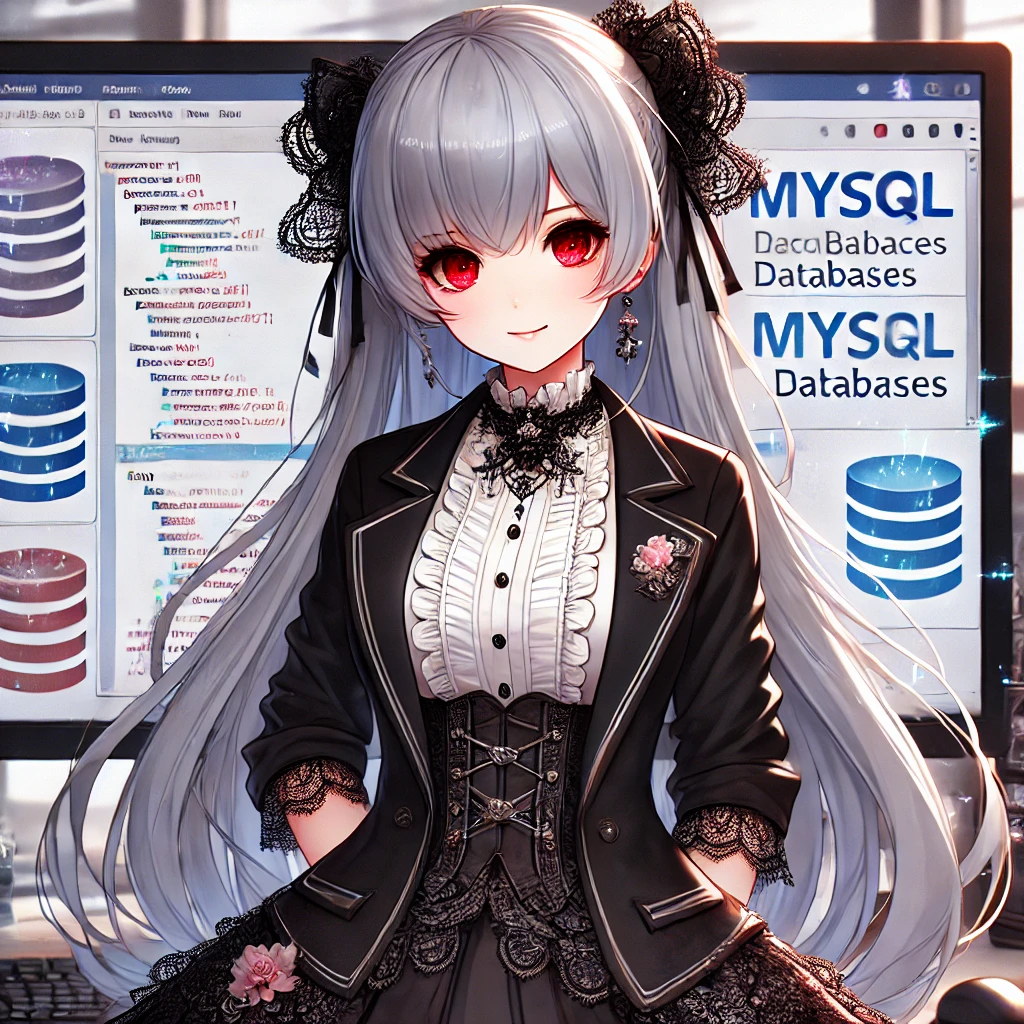1. Introduction
MySQL is a widely used open-source database management system around the world. It efficiently handles data storage, management, and retrieval, making it an indispensable tool for web development and application development. When logging into MySQL, it’s crucial to balance security and ease of use. This article will comprehensively explain everything from the basic methods of logging into MySQL to security-conscious best practices, the use of GUI tools, login procedures in development environments, and troubleshooting.
2. Basic Methods for Logging into MySQL
2.1 Logging in from the Command Line
Logging into MySQL can be easily done from the command line. You can log in to your local MySQL instance using the following command:
mysql -u username -pAfter entering this command, you will be prompted to enter your password. If you enter the correct password, you will gain access to the MySQL command line. To connect to an external server, specify the hostname or IP address using the -h option.
mysql -u username -p -h hostname2.2 Setting Up Users and Passwords
MySQL manages access using usernames and passwords. Typically, the root user is set up initially, and the first connection uses this user.
mysql -u root -pTo ensure password security, it is recommended not to directly enter the password after the -p option. For example, entering -pmypass will display the password directly, posing a security risk. Therefore, specify only -p and enter the password when prompted.

3. Best Practices for Secure Login
3.1 Protecting Your Password
Protecting your password is very important when logging into MySQL. When entering your password in the command line, avoid including it directly in the command. It is recommended to use the -p option to enter it without displaying it. Additionally, it is important to set a strong, difficult-to-guess password and change it regularly.
3.2 Managing User Privileges
MySQL allows you to set detailed access privileges for each user. The default root user has full privileges, so it is recommended to use users with limited privileges for regular operations. For example, you can enhance security by creating read-only users for databases or users allowed to access only specific tables.
4. Logging into MySQL Using GUI Tools
4.1 phpMyAdmin
phpMyAdmin is a well-known tool that allows you to manage MySQL on a web browser. Its interface is intuitive, and you can perform database and table operations without using SQL statements. To log in, simply access the phpMyAdmin URL from your web browser and enter your username and password.
4.2 MySQL Workbench
MySQL Workbench is an integrated tool for designing, developing, and administering MySQL. It is a multi-functional and powerful tool with features like visual design and data modeling, and it is available for Windows, Mac, and Linux. To log in to MySQL using MySQL Workbench, enter the host, username, and password in the connection settings and click the connect button.

5. MySQL Login in Development Environments
5.1 MySQL Connection in Laravel
In frameworks like Laravel, MySQL connection information is set in the .env file. By configuring it as follows, a connection from Laravel to MySQL will be established.
DB_CONNECTION=mysql
DB_HOST=127.0.0.1
DB_PORT=3306
DB_DATABASE=database_name
DB_USERNAME=username
DB_PASSWORD=passwordAfterward, executing the php artisan migrate command will enable the connection from Laravel to MySQL.
5.2 MySQL Connection in Ruby on Rails
In Ruby on Rails, connection information is described in the config/database.yml file. Configure it as follows to connect to MySQL.
default: &default
adapter: mysql2
encoding: utf8mb4
pool: 5
username: username
password: password
host: localhost
development:
<<: *default
database: database_nameWith this configuration, your Rails application will be able to connect to MySQL.
6. Troubleshooting MySQL Login
6.1 Common Error Messages
A common error that occurs when logging into MySQL is “Access denied for user ‘username’@’hostname'”. This error occurs when the username or password is incorrect, or when access from the specified host is not allowed. First, verify the username and password, and then check if the appropriate privileges are set.
6.2 Checking Permissions and Configuration
If you fail to log in to MySQL, you need to check the user’s privileges and the MySQL server configuration. You can use the GRANT statement to grant the necessary privileges to the user. Also, check the user table in the mysql database to ensure that the correct host and username are set.
7. Conclusion
Logging into MySQL is a fundamental operation in database management. There are many methods and considerations, from basic command-line login to using GUI tools, connecting in development environments, and security-conscious best practices. By understanding the correct login methods and security measures, you can ensure safe and efficient database management.




